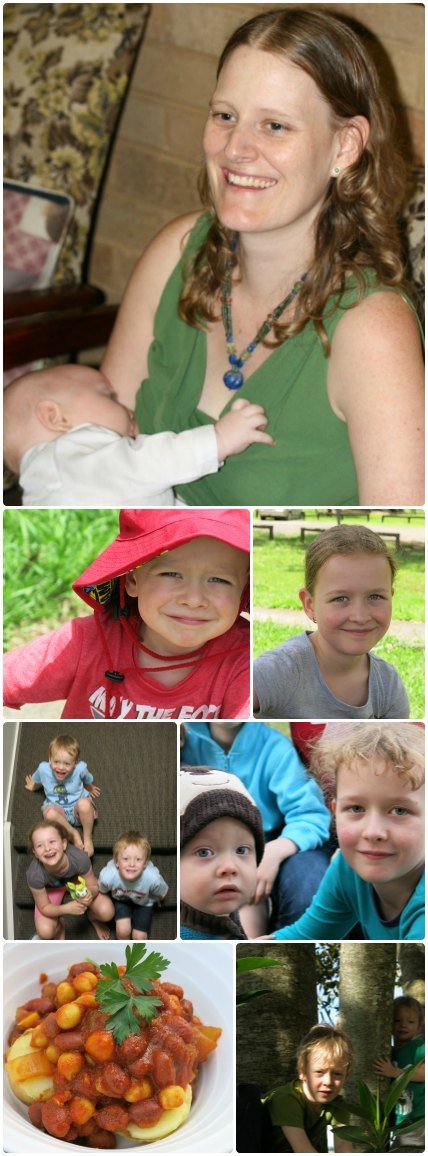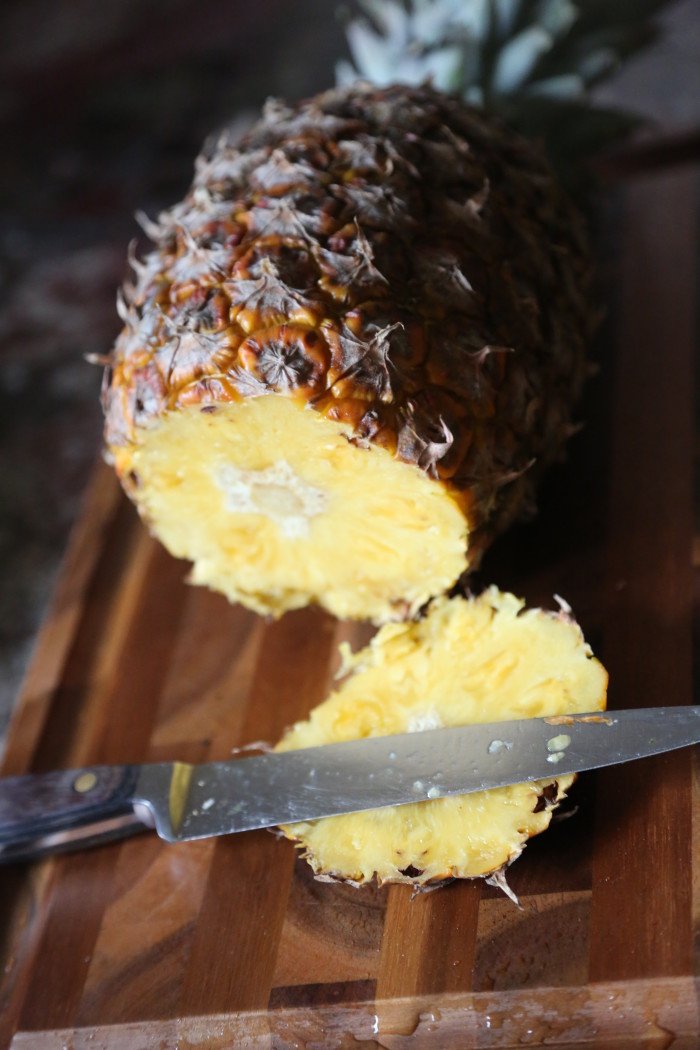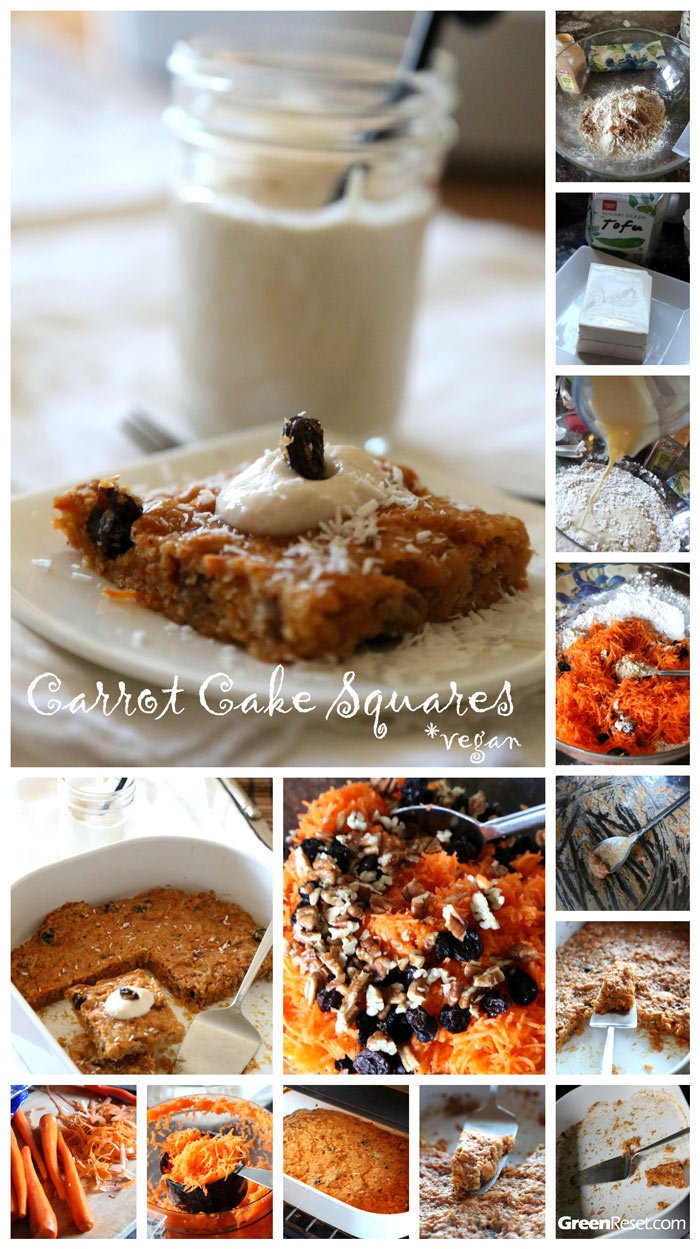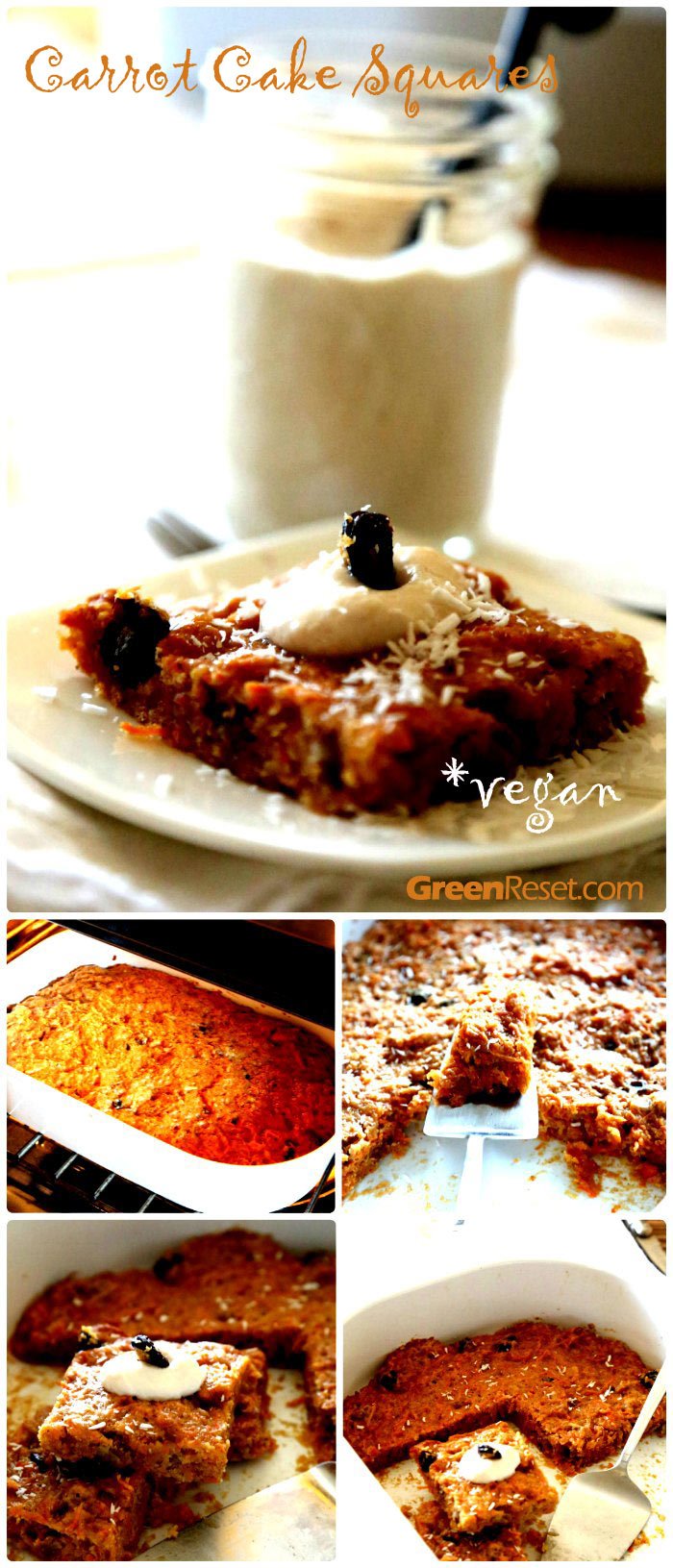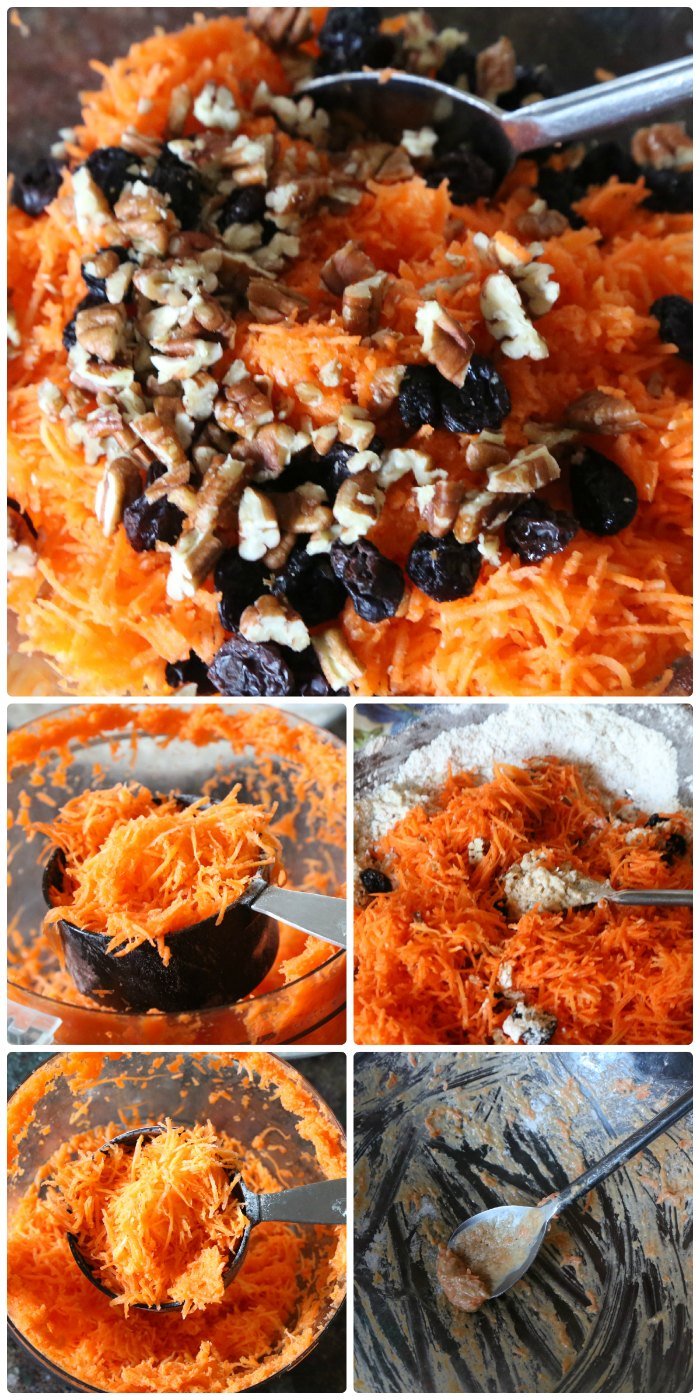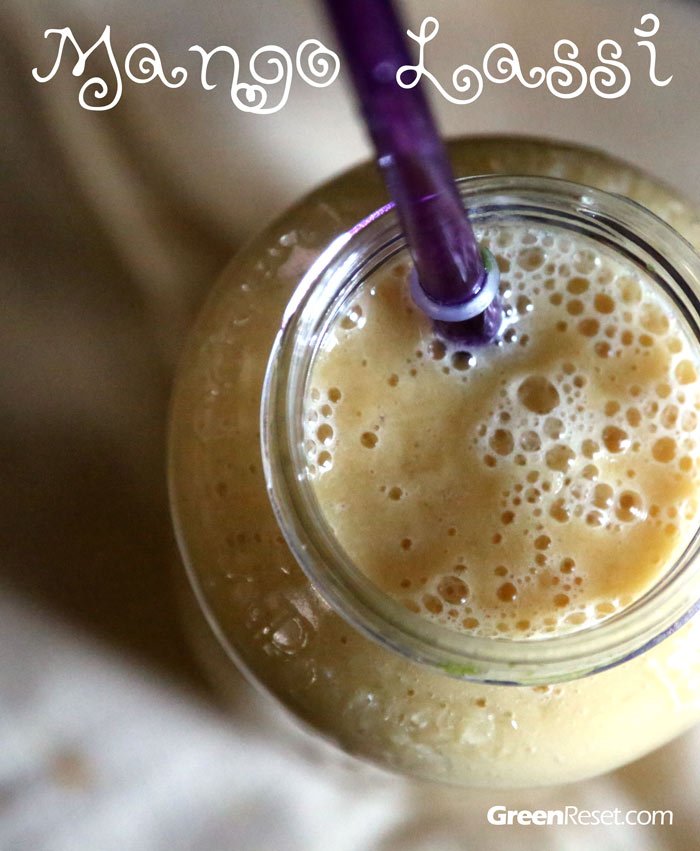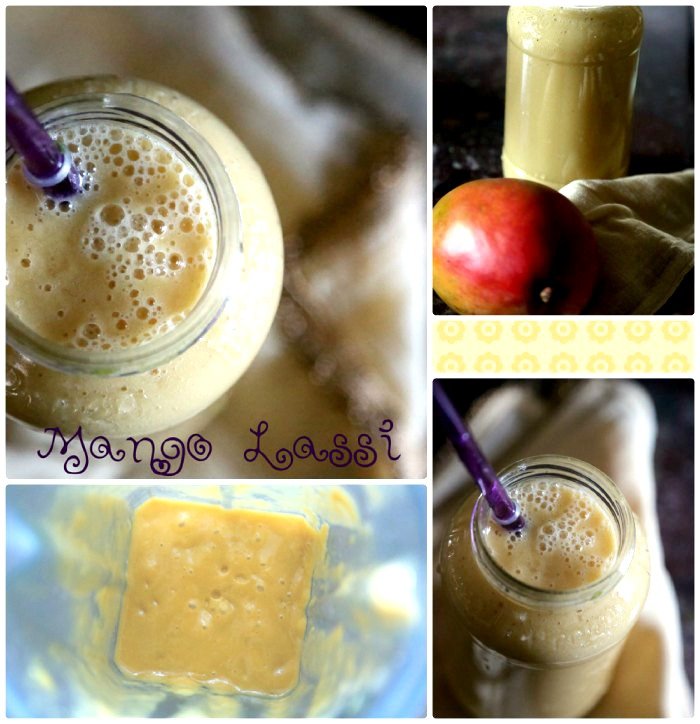“What foods should I be eating to relieve menopause signs and symptoms naturally?” is the question asked by many women approaching menopause (myself included).
Hot flashes, insomnia, mood swings, …. these are certainly not fun.
The good news these symptoms can be significantly reduced or even completely stopped when you make some simple changes to your diet and lifestyle.
But is there really a special diet to relieve menopause symptoms?
Well, yes and no.
A diet to relieve perimenopause or menopause symptoms is actually the same diet that you should be eating for optimum health. This diet will keep your body healthy and your hormones balanced, so you will be virtually free from any chronic disorders that are commonly associated with the “western” type diet.
So, in that sense, there is no “special” diet for “menopause symptoms”. This really is a good news for you, because this means that if you only follow the recommendations below, you will not only relieve your menopause symptoms permanently – without any need for hormone replacement therapy, or other menopausal remedies; you will also prevent more serious health problems that are the result of an unhealthy, Western diet, that is filled with processed foods, excessive fats and animal proteins, including breast cancer, cervical cancer, osteoporosis, and heart disease.
What to Eat to Relieve Menopausal Symptoms Naturally?
Natural, plant-based diet is the optimum diet for human beings to remain healthy and disease free.
Fresh, raw fruits, vegetables and leafy greens should constitute the bulk of your daily caloric intake. Other foods to include are whole grains, beans and legumes, nuts and seeds.
This means most your daily calories should be coming from these natural sources.

Relieve Menopause Symptoms Naturally
You should be eating a LOT of these:
- Fresh, raw fruits
- Fresh raw vegetables (in salads and as snacks), lightly cooked vegetables (as in soups, stews, or just steamed veggies),
- Fresh raw greens (eaten in salads, green smoothies)
- Beans and legumes
- Whole grains
- Raw nuts and seeds (limited quantities)
Most of these foods, especially when eaten raw (fruits, vegetables and greens) – you can eat as much of these as you like, as often as you like. If your weight is normal, then you can also eat as much as as you like of legumes and whole grains. If you are overweight, then legumes and whole grains should be eaten in moderation, limiting the amount to 4-6 cups.
Use nuts and seeds as condiment for salads, or eat small portions for snacks – don’t eat too much of them as they are very high in fat (even though these are healthy fats, it’s still not recommended to eat huge amounts of these foods).
Foods to avoid or eliminate completely:
- Cut out completely or limit to minimum all processed foods: white flour products (breads, pastas, pastries, processed cereals), sugary foods, etc.
- Cut out completely or limit to minimum all animal-based foods: meats, fish, dairy.
Many studies consistently demonstrate that for best health, including healthy hormonal balance, you need to eat a diet as close to vegetarian as possible. One reason is that animal products don’t contain any fiber. However, that’s only part of the story. Consuming large amounts of animal-based foods on a daily basis leads to all sorts of chronic health problems, and menopause symptoms is just the tip of an iceberg here.
I know that for most women it’ll be very hard to implement such drastic changes to your diet overnight.
Don’t worry – just start by adding more fresh plant foods to your daily meals as salads, snacks, soups, stews, etc.
Now that you know what to eat, simply go to the grocery store and head straight for the Fresh Produce section. Pack your shopping cart with all kinds of fruits and vegetables that look appealing. Then go find some beans, legumes, and whole grains. Brown rice, barley, oats, quinoa or other.
Then find some recipes to prepare simple vegetarian dishes: salads, soups, stews, baked and steamed veggies.
Now, if you really must have some meat, don’t obsess over it – at least initially. Have a small piece, but try NOT to make it the central part of your meal, but more like a small side dish.
Do this for at least 2-3 weeks and see how you feel. When you start noticing positive results, you should find motivation to continue this way of eating indefinitely.
Killer tip for adding more fruits, vegetables, and greens to your diet
I know that for most people eating such large amounts of fruits and veggies may be difficult, if not impossible. Who has time to prepare all these healthy recipes, chop the salads, etc. Right?
Below is my secret weapon that I’m sharing with you for free, that will make consuming large amounts of fruits, veggies and greens a breeze.
Super Healthy Recipe For Happy Menopause #1
Green Smoothies. Green smoothies are simply blended drinks made from fruits and greens that are super-easy to prepare, super delicious and super-healthy.
Great Ingredients For Your Green Smoothies:
GREENS: spinach, lettuce, kale, parsley, arugula, Swiss chard, mint, basil, cilantro, or other.
FRUITS: bananas, pears, apples, mango, strawberries, raspberries, blueberries, peaches, kiwi, pineapple, melon, papaya, watermelon, grapes, or other.
VEGGIES: celery, avocado, tomatoes, cucumbers.
Some fruit and green combinations you may want to try:
Spinach with bananas and strawberries
Spinach with apple, banana, and some lemon or lime juice
Spinach, banana, peach, mango
Romaine lettuce with bananas
Parsley and ripe pears
Parsley, celery, apple and pears
Tomatoes, celery, basil, parsley, cucumber, peppers, and pear
Drink a big glass of this green drink 2-4 times a day (or even more, if you wish), and I guarantee you that your symptoms will become much lighter, and you will soon forget about your problems with menopause symptoms.
As you can see relieving your menopause symptoms naturally and getting your elimination back on schedule is not so complicated. So get started right as soon as possible with these easy simple steps.
Questions? Comments? Suggestions?
If you have a favorite recipe, why not submit it here in the comment section of this blog for others to enjoy too!
I also welcome any comments, questions and suggestions. Thanks!
I’m happy to present you with another interview in my “Powered by Plants” series. It’s with Ally from MadeofStars.com. I hope you’ll enjoy it as much as I did.
Name: Ally
Location: Australia, the Far North coast of New South Wales
Occupation: Consultant to the not-for-profit sector
Blog Name: Made of Stars
Twitter: @madeofstars1
1. First off, please tell us a bit about yourself (where are you from, what do you do, etc.)
I live in Australia, on the Far North coast of New South Wales. My husband, Mat, and I grew up in Sydney, and moved to the country a decade ago. We are both Social Workers.
I have spent most of my working life advocating for women and children who have experienced family violence, and are navigating the legal system. Currently, I am working (from home) as a consultant to the not-for-profit sector.
We are the parents of 4 tiny vegans – a daughter aged 9, and three sons aged 6, 4, and 14 months.
2. How long have you been vegan and what was your motivation for going vegan?
I have been an ethical vegan for 17 years. Embracing veganism is one of the best life decisions I have ever made!
As a child, I shared my life with dogs, cats, birds, mice, and fish. I was a self-proclaimed ‘animal lover’. Yet, I ate animals. Rather, I ate some animals. As a child, I would have been repulsed if somebody had suggested that I eat dogs or cats. But, for the most part, I did not question eating cows, chickens, and pigs.
When I was about 6 or 7, I did ask about the origins of the beef on my dinner plate. My godmother told me that ‘the cow’ had died of old age. In other words, the cow had not suffered. I accepted this response. I think that I would have embraced vegetarianism earlier, if an adult had been honest with me. It was another decade before I questioned the necessity of eating meat.
At 16, I stumbled upon a book in my local library: Old MacDonald’s Factory Farm: The Myth of the Traditional Farm and the Shocking Truth about Animal Suffering in Today’s Agribusiness. I was profoundly impacted by the words and images in this book. Why didn’t I know about the barbaric treatment of ‘food’ animals? The scale of misery and torment detailed in the book galvanized me – I stopped eating meat. However, I continued to eat fish, eggs, and dairy products.
Eventually, all of the pieces of the puzzle came together. I awoke to the suffering of ocean dwelling beings, ‘egg-industry’ chickens, and ‘dairy’ cows. I faced up to the fact that fish felt pain, and were just as ‘alive’ as cows and pigs. I began to question how I could continue to support industries that treated bobby calves and male chicks as waste products. How could I, a feminist and human rights advocate, support the enslavement of cows and the theft of their offspring? It became apparent that veganism was the appropriate ‘next step’.
At 19 years of age I embraced, wholeheartedly, a vegan ethic. I have never looked back!
3. What was the transition to all plant-based diet like? What was your greatest challenge? Do you have any advice for people who are considering making the switch or who are still going through a transition?
In the mid-90’s, I was a university student living with my parents, in Sydney. Mat (my ‘new’ boyfriend at that time!) and I frequently visited vegan restaurants. I read New Vegetarian magazine and Vegan Voice magazine. I joined Animal Liberation.
My younger sister embraced veganism as well. Many of our university friends were developing an interest in animal rights.
When I stopped drinking cows’ milk, I began drinking black tea and herbal tea. I switched to soy milk for cereal and baking. At that time, the only non-dairy milk available was soy milk. There was only one brand in the supermarket, and I disliked it. In order to ‘condition’ my taste buds to soy milk, I purchased the chocolate-flavoured variety, and watered it down with ice cubes. Once I had developed a taste for the chocolate variety (without the ice cubes), I switched to plain soy milk.
I adapted to the taste of pasta, pizza, toasted sandwiches, and Mexican food minus the dairy-based cheese. There wasn’t any decent vegan cheese available at that time, so I did not replace dairy cheese with non-dairy cheese. Nowadays, vegan cheese is a bit of a novelty for me. I do like a slice of Vegusto cheese on a cracker, or a sprinkling of cheezly on a pizza. But vegan cheese is not a regular staple in our house.
When transitioning to veganism, I believe it is important to surround yourself with positive, supportive people. Socialising with like-minded vegans is important too. If possible, attend a local vegan ‘meet-up’. We regularly attend meet-ups for vegan families. I believe that it is important for my children to socialise with vegan children and vegan adults. This helps to ‘normalise’ veganism.
Remind yourself constantly, of why you have transitioned. Read health-based and ethics-focused literature. Watch documentaries that promote veganism, and join a local animal rights organisation.
If you do fall off the wagon, jump back on with gusto. Ditch the guilt, and re-ignite your commitment. Remind yourself of the sacrifice that animals make. Keep a picture of a bobby calf on your fridge, or as a screen saver on your phone.
4. Is your family vegan? If yes, how did that happen?
Yes, we are raising our children vegan. They have been vegan their whole lives. I have had 4 four healthy vegan pregnancies.
Promoting veganism to our children goes beyond ‘food’. Vegan parenting involves nurturing our children’s compassion for, and curiosity about, non-human animals. Animals are not a food source in our home. Our children know that meat is a dead animal. They know that a meal of meat means that an animal died – an animal that did not want to die, and fought for life.
My eldest son once asked: ‘can I eat vegan and non-vegan food when I am older’? In my reply, I used chickens as an example, and told him that if he ate ‘chicken’, a chicken must first die. I will not sugar coat that. My children deserve to know the truth. ‘Food’ animals suffer brutality and death at the hands of humans and, for them, I must be truthful. I wish I had been told the truth as a child. My children have no desire to harm animals, and I want them to understand that meat is the product of an animal that has been harmed.
Our 4 year old is going through a stage of asking all our visitors: ‘Are you vegan’? During dinner time at our house recently, he asked our guest – my daughter’s friend- if she was vegan. When she answered ‘no’, he asked: ‘then why are you eating vegan food’? J
My kids rarely watch commercial TV, so they have been largely sheltered from fast food advertising. Recently, however, we saw an ad for a ‘chicken’ fast food outlet. My 4 year old son said: ‘I don’t want to eat chickens. I like chickens’.
My daughter is 9, so we can discuss more advanced concepts with her. Obviously, I am reluctant to reveal too much about the horrors that animals endure at the hands of humans. I have no desire to traumatise her. I shelter myself from news items and online videos about animal abuse.
I am happy that my daughter has embraced a vegan ethic – she ‘gets’ it. Recently, our daughter’s school teacher showed Mat and I a piece of her schoolwork. In class time, the children were required to write a passage of persuasive text about a topic of their choice. My daughter wrote about not eating animals. In her piece, she argues that it is not fair to animals if people eat them when they could eat vegetables instead.
My children are fortunate to have friendships with vegetarian and vegan children. Wonderfully, my daughter’s best friend, Dan, is also a vegan.
My school-age children attend an independent school that promotes a vegetarian diet. School lunchboxes and school functions must comply with a sentient (or yoga) vegetarian diet. In this context, not eating animals is ‘normal’ for my children.
5. Do you have to deal with picky eaters?
My 6 year old son is the least adventurous eater in our family. He is wary of new foods, but he does eat a wide range of foods. He loves fruit. He is not keen on some vegetables, such as mushrooms and tomatoes, but he enjoys others such as broccoli, carrots, and raw capsicum.
His favourite snacks are peanut butter and banana sandwiches, and red apples. He adores salt and pepper tofu. He is partial to mixed berry sorbet. He also likes cake. Which isn’t surprising – he is my son after all! I am not known for my ability to resist a rich chocolate cake or a tangy cheezecake.
6. Can you perhaps share your favorite recipe, if it’s not a secret :-)?
Chilli beans is a meal that is on high rotation in our household. It is simple to prepare, and there are many different ways of serving it. You can find the recipe here.
The weather is cooling down here as we head towards winter. At this time of year, my family also enjoys vegetable curries with rice, vegetable and tofu stir fry, baked root vegetables, soups, dahl with rice, and pasta dishes. I adore a big, warming bowl of spicy Laksa.
Mat and I also enjoy eating a combination of sliced mushrooms – shiitake, enoki, swiss brown, oyster, white button – cooked in olive oil, garlic, and parsley. This is a simple, yet delicious, side dish.
In terms of ‘eating out’, vegan yum cha is a family favourite. My kids also enjoy Japanese food. They all like seaweed!
We don’t eat dessert at home. However, my mum usually bakes a cake if we are having dinner at my parents’ house. She makes delectable chocolate cakes and cheezecakes. These are definitely popular with my children!
7. Do you drink green smoothies or green juices?
Yes, Mat and I drink a green smoothie each morning. We first discovered green smoothies when we became interested in raw food about 5 years ago. Currently, we aim to have a daily green smoothie, and this task is made easier by the presence of a high-powered blender in our kitchen.
This morning, our green smoothie consisted of banana, pear, oranges, strawberries, water, coconut butter, ground flax seeds, kale, and cos (romaine) lettuce. We are currently visiting my mother-in-law in Sydney- and we brought our blender with us! So, she is also indulging in green smoothies each morning. I think we have a convert!
8. What are your strategies and tips for eating out and dealing with social situations? Do you have any advice for new vegans?
Plan ahead.
If I have been invited to an ‘unfamiliar’ restaurant, I find it best to phone them and ask about vegan options, rather than waiting until I arrive.
If you are going to an event that does not permit BYO food, and you are unsure about the availability of vegan food, eat before you go!
When my children receive an invitation to a birthday party, I always contact the parent/s and offer to prepare a vegan dish (or 2) for all of the party-goers to share. I certainly do not expect the party organisers to alter their meal plan – I know how stressful party organising can be! I have found that most children’s parties have ‘incidental’ vegan food on the menu – fruit platters, rice crackers, hommus, popcorn, plain potato chips (crisps).
When my daughter was a toddler, I feared that I would one day develop ‘baking fatigue’ as a result of all the cupcakes I would need to bake for her to take to other children’s birthday parties. However, I have been heartened by the willingness of other parents to cater for my children. It often isn’t necessary for me to send vegan food or even a vegan cake substitute, as many of the parents make sure that vegan food is available, including cake. It is a gesture that I appreciate immensely.
Finally, do not apologise! You do not have to apologise for being vegan. You are not an inconvenience, or a ‘hassle’. Just let people know at the earliest opportunity that you are vegan, and be prepared to bring delicious food to share.
